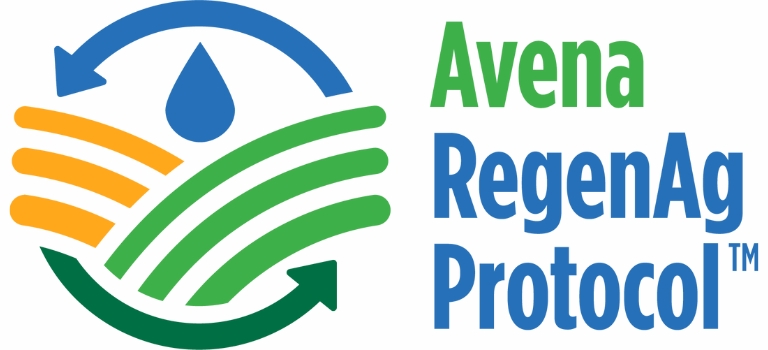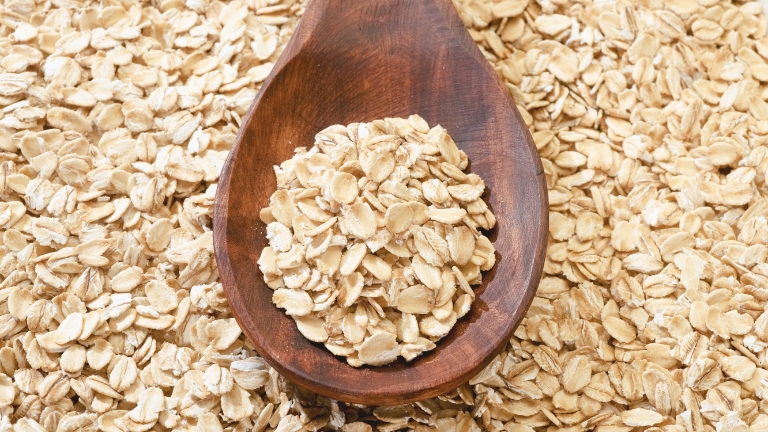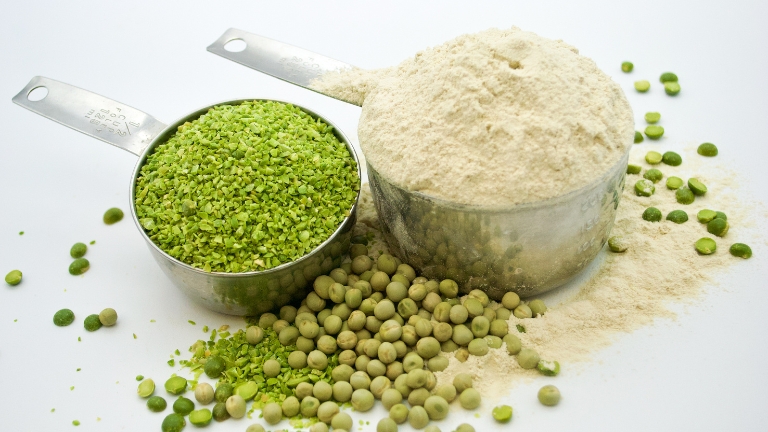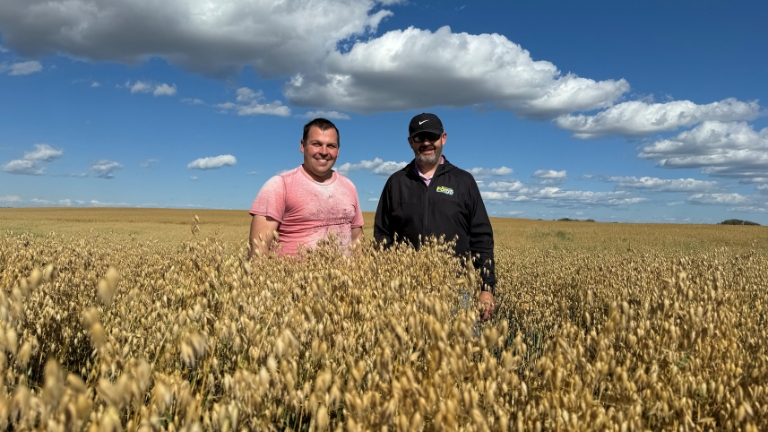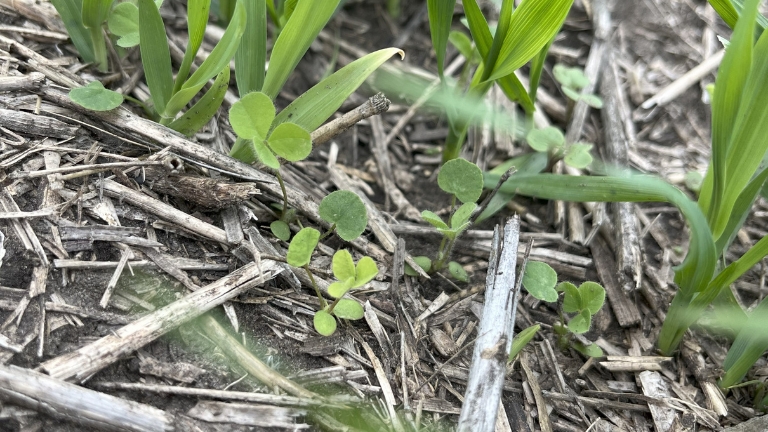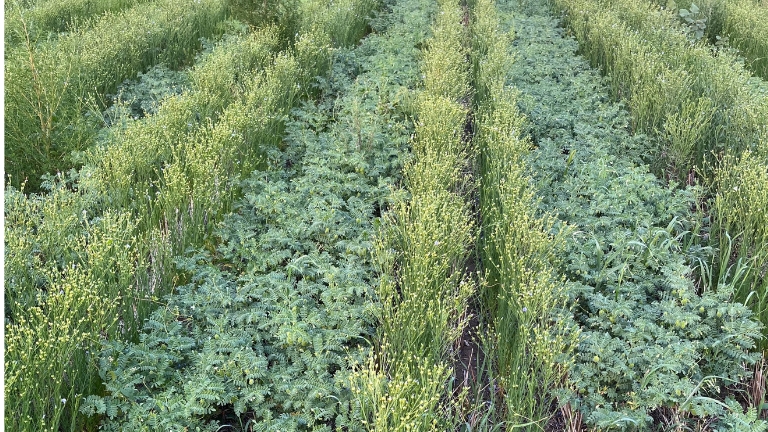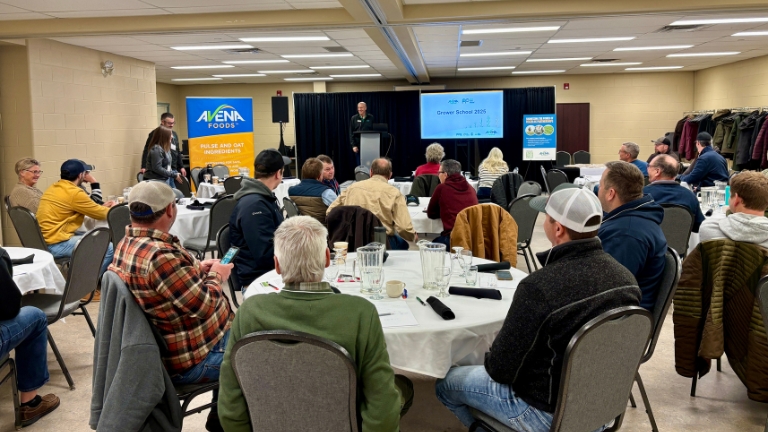In response to consumer and customer demand, Avena Foods Limited is launching Avena RegenAg Protocol (ARAP) verified oat, bean, chickpea, lentil and pea ingredients. ARAP is grounded in the Avena Purity Protocol system, with full traceability from the seed to the manufacturer’s dock.
The ARAP program is transparent. Avena verifies that regenerative farming practices are implemented, maintained and reviewed on-going. The program is being launched with conventional farms but will eventually incorporate organic farms.
